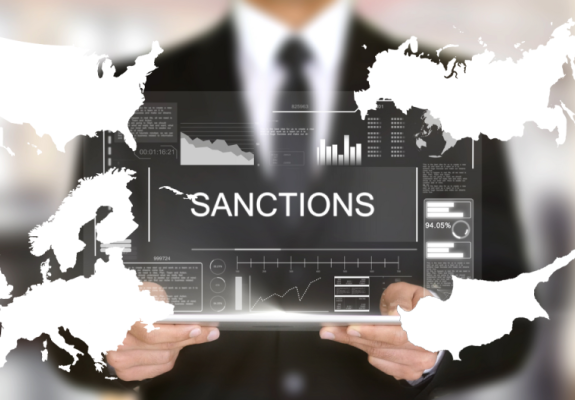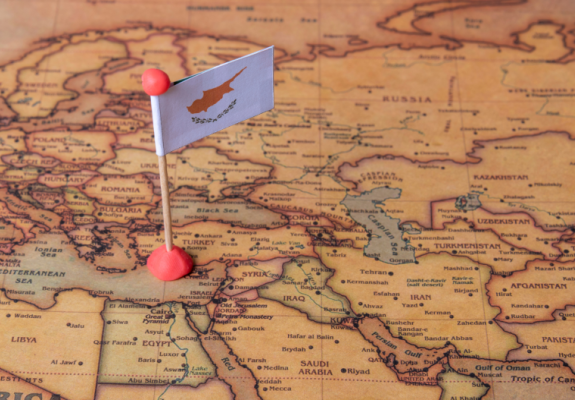Global Water Stress - A Struggle for a Quarter of the World
In a stark reminder of our planet's fragility, 25 countries, including Cyprus, confront severe water stress each year. Within these nations, a staggering 25% of the global population resides. An investigation by the World Resources Institute (WRI) sheds light on this sobering reality, outlining the intricate web of water scarcity issues that extend across borders.
The crux of the matter lies in a concerning fact: a significant portion of the world—roughly 4 billion people—experiences severe water stress for at least one month annually. This phenomenon, dubbed "extreme water stress," is classified when a nation consumes 80% of its available water resources. Additionally, the term "high water stress" designates a scenario where 40% of available supply is used.
Among the hardest hit are nations like Bahrain, Cyprus, Kuwait, Lebanon, Oman, and Qatar. Their vulnerability stems from the intricate interplay between insufficient water reserves and mounting demands from domestic, agricultural, and industrial sectors.
The epicenter of this crisis predominantly unfolds across two regions: the Middle East and North Africa, where a staggering 83% of inhabitants grapple with extreme water scarcity, and South Asia, where 74% of the population faces similar challenges.
Elevated water demand is propelled by a multitude of factors, including population growth and burgeoning industries spanning agriculture, livestock, power generation, and manufacturing. Simultaneously, inadequate investment in infrastructure, unsustainable water use policies, and the unpredictability brought on by climate change further exacerbate the issue, hampering available water resources.
The repercussions ripple through industrial, energy, and agricultural sectors. Industrial processes face disruption, energy production encounters setbacks, and agricultural yields dwindle under the weight of water scarcity. Even the stability of food security is threatened, with vital crops like sugarcane, wheat, rice, and corn bearing the brunt of the crisis.
However, the World Resources Institute underscores a crucial distinction: water stress doesn't invariably equate to a water crisis. Success stories like Singapore and Las Vegas defy the odds, triumphing over severe water scarcity through innovative approaches such as grass removal, desalination, and wastewater recycling.
Amid the maelstrom of challenges, the research unveils a surprising insight: addressing global water issues comes at a manageable cost, roughly 1% of the world's GDP or 29 cents per individual daily between 2015 and 2030. The missing links, however, lie in the realms of political will and financial commitment to enact these pragmatic solutions.
To navigate a path forward, the Institute recommends countries revamp their water governance, incentivize efficient agricultural water use, adopt comprehensive water resource management strategies, and reinforce water infrastructure through nature-driven and green solutions. Emphasizing the protection and restoration of wetlands, mangroves, and forests not only enhances water quality but also bolsters resilience against droughts and floods while reducing water treatment expenses.
The clarion call extends to water-stressed nations, urging them to prioritize low-water energy sources such as solar and wind power to ward off energy shortages tied to water deficits. Furthermore, it urges cities to devise action plans for urban water resilience, while harnessing wastewater treatment and reuse as a potential avenue to create new water sources.
As we grapple with the intricate balance between water supply and demand, a resounding message emerges: concerted efforts in innovation, policy reform, and global cooperation are essential to secure a water-sufficient future for generations to come.






